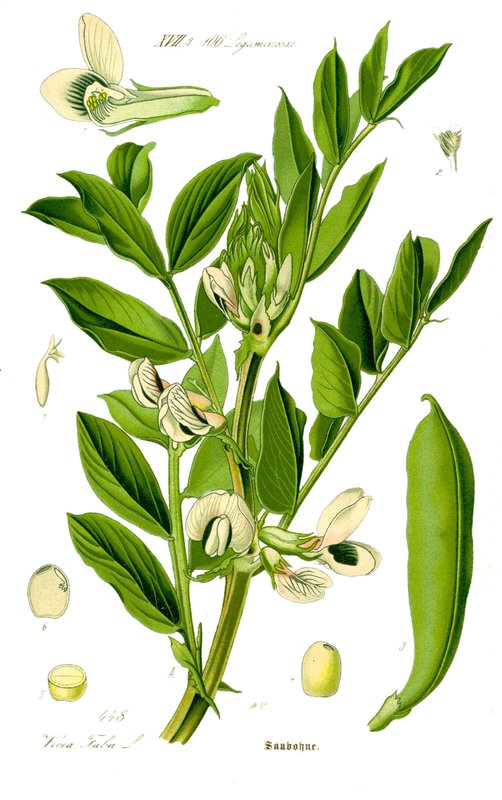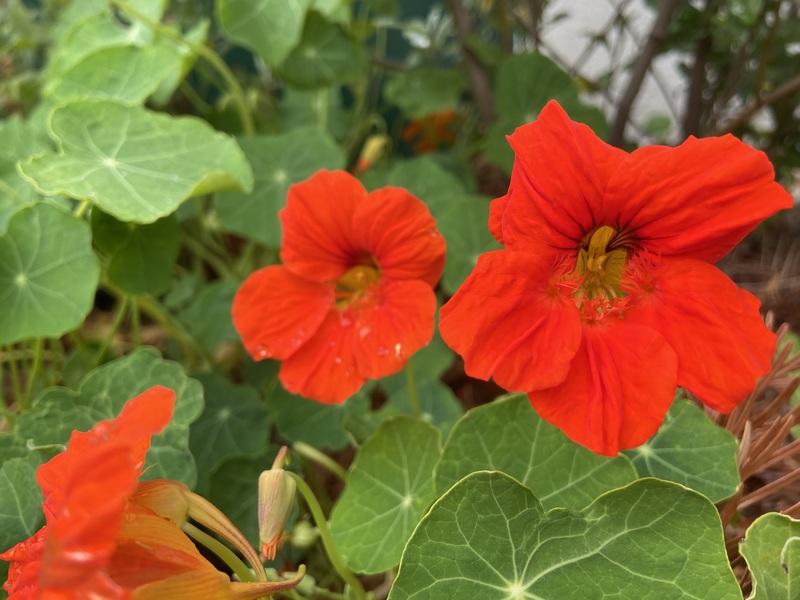Description
Fiddleneck (Phacelia tanacetifolia) is a flowering plant native to the western United States. It has delicate, blue to purple flowers that grow in clusters on tall stems. The leaves are lance-shaped and arranged in a spiral around the stem. Fiddleneck can grow up to 3 feet tall and has a spreading habit, making it a good choice for ground cover. It blooms in the spring and early summer.
Fiddleneck prefers full sun and well-drained soil. It is drought-tolerant and can be grown in a variety of soil types, including rocky or sandy soil. To cultivate it successfully, make sure to plant it in an area with plenty of sunlight and give it enough water to establish a healthy root system. Once it is established, it is low-maintenance and requires minimal care.
Fiddleneck is winter hardy in its native range and can withstand freezing temperatures. It can be used as a cover crop to improve soil structure and fertility. Its deep roots help to aerate the soil making it a valuable plant for improving soil health.
Fiddleneck is not edible. However, it is attractive to bees and other pollinators, making it a valuable plant for promoting biodiversity in the garden. It can also be used as a natural insect repellent and has been used medicinally to treat a variety of ailments.

